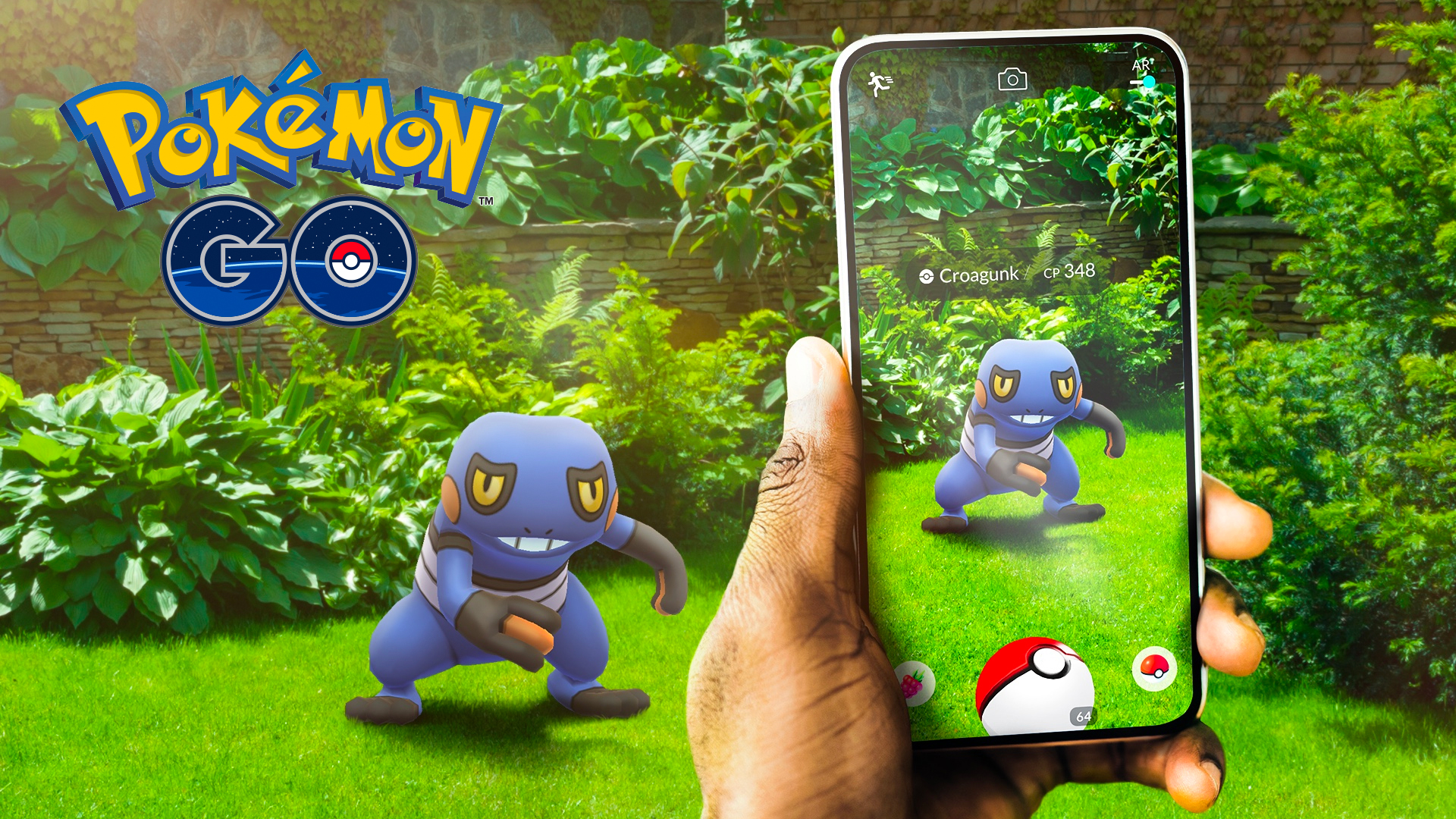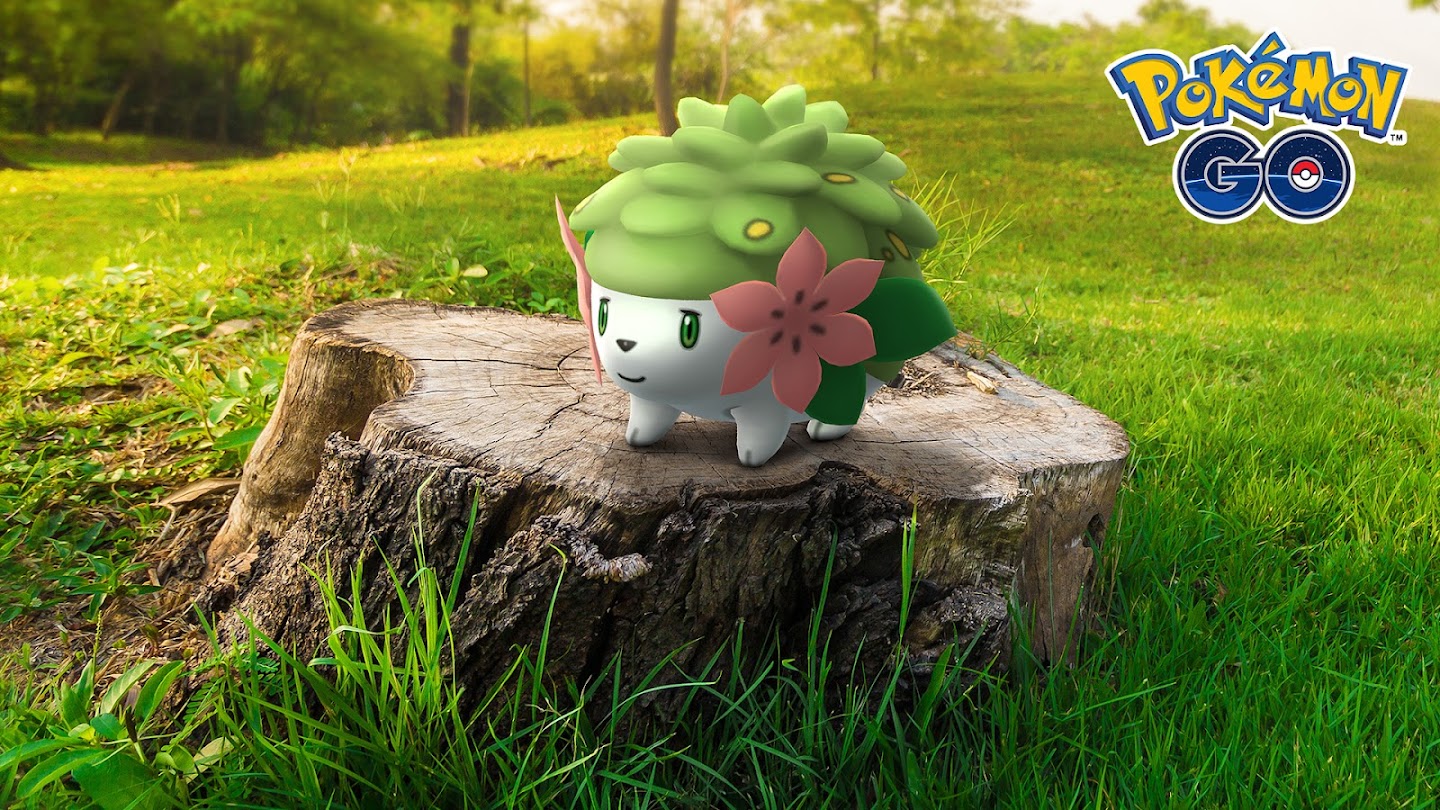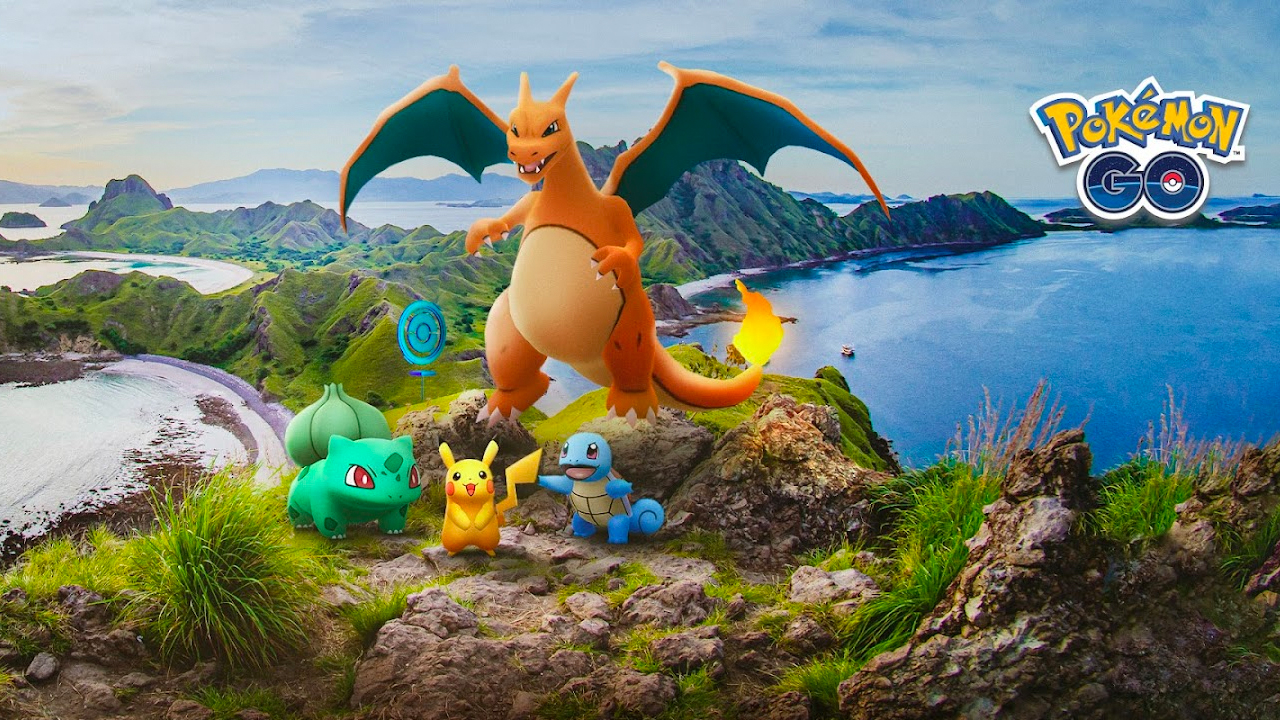The state of Pokemon Go in 2023 — is it still worth playing?
Pokemon Go has had a rough start to 2023.

Pokemon GO has changed. As a service game that launched back in 2016, that’s hardly surprising, but it’s clear that the experience Pokemon GO fans are having in 2023 is very different to what came before.
Anyone who’s stuck around for the past seven years of Pokemon GO will know what a journey it’s been – not quite Pallet Town to the Elite Four, but still a seismic shift in what the initial game was capable of. There’s now several hundred more Pokemon than at launch, a number of PvP features, and a fleshed-out ecosystem of battles, gyms, PokeStops, raids, and live events across the world. There’s never been more on offer, or more reason to jump into the game.
- How to catch Ditto in Pokemon Go
- Pokemon Go Eevee evolutions guide: everything you need to know
- How to get and use evolution items in Pokemon Go
The conversation around Pokemon GO in 2023, though, is less about what the game has achieved and more about whether players are being short-changed – in the wake of recent updates making it more expensive than ever for some users to play.
As the world’s biggest mass AR game, a great example of why Apple has such high hopes for AR in the future, and one tied to the beloved Pokemon franchise, developer Niantic is no doubt keen to keep its player base active – and suitably monetized. But what are the recent changes to Pokemon GO, and should they be a deterrent to anyone wondering about jumping in?

Prepare for trouble, and make it double
There’s been a huge community backlash to the most recent changes to Pokemon GO, namely the price increase and purchase restrictions around Remote Raid passes, which enable players to engage in raids from the comfort of their own home – or any area that doesn’t have one running nearby. (For those who don’t know, raids are time-sensitive events that let you battle and capture briefly-appearing Pokemon, and are a core part of the game’s appeal.)
"I’m spending less money, as are my peer group. I have no time to be traveling to local gyms that previously I could dial into."
The cost of a single Remote Raid pass has nearly doubled, from 100 PokéCoins (around $1) to 195, with a pack of three passes now costing 525 PokéCoins (around $5) instead of 300. Players can now only use five of these passes a day, and only hold three at one time, drastically cutting down on the fun of anyone who used these passes regularly to engage with the game.
These passes are generally a huge benefit to those who are less mobile, time-poor, or similarly constrained in how they access raids – without the opportunity to do them much in person, if at all – and the changes have gone down with players like a lead Drifloon.
Master your iPhone in minutes
iMore offers spot-on advice and guidance from our team of experts, with decades of Apple device experience to lean on. Learn more with iMore!
One Pokemon GO player, Keith, told us that “The remote raid price bump (and daily limit) has seen interest in my local raid group drop off a cliff… I’m spending less money, as are my peer group. I have no time to be traveling to local gyms that previously I could dial into.”
Keith is also convinced the changes will only make cheating more likely – though as a long-term player and Level 50 trainer, he acknowledges that the game is “better than ever, apart from nerfing the ability to play remotely.”
Niantic’s blog post on the matter states that “We plan to keep Remote Raid Passes as part of Pokémon GO. However, we believe this change is necessary for the long-term health of the game, and we do not make it lightly. We feel this is a necessary step toward our goal of preserving and improving the unique experience of playing Pokémon GO.”
However, the key admission in the announcement is this: “Since their introduction in 2020, Remote Raid Passes have come to dominate the experience of playing Pokémon GO in a way we never intended.” It’s likely their sheer popularity that has led Niantic to recalibrate the cost and accessibility of this game mechanic, even if it means restricting a widespread and beloved feature to squeeze out more cash.
The evolution of Pokemon GO
It’s not all bad, of course. Niantic has had seven years to improve the experience of playing Pokemon GO, and countless feature additions and updates have made sure of that. With over one billion downloads to its name, it’s clearly been a huge success – one that similarly AR-powered tie-ins like Harry Potter: Wizards Unite (RIP) have struggled to recreate.
Over the years, PokeStops and gyms have proliferated, berries and clothing options have grown, while later generations of Pokemon beyond the original 150 have been drip-fed into the game’s world. Pokemon GO has even been used to unveil brand-new Pokemon for the first time, showing just how much influence the AR game has within the broader Pokemon ecosystem.

Other updates, meanwhile, have been focused on passive rewards, or making key parts of the game easier to access. In 2018, Niantic released a feature called Adventure Sync, which uses your phone’s GPS or pedometer counts from fitness apps to count your real-life movement towards egg hatching and other perks in-game, even when not using the Pokemon GO app directly.
The core Pokemon GO experience – catching, battling, hatching, evolving – is still here, but it now has countless other layers of interactions over it.
This was also the year that Pokemon Let’s Go: Pikachu and Eevee released to market, featuring Pokemon GO integration – by which time the AR app had collated more than $2 billion in revenue, and cemented itself as a full-on cultural phenomenon.
In the years since, players have also had access to PvP player battles, and Mega Evolutions, as well as the Remote Raid passes currently being fought over. The companion social app Campfire also offers a way to connect with other trainers, send messages to friends, and find people to fight Raid Battles with. Region-specific Pokemon give an incentive to travel and take Pokemon GO with you on your journeys abroad, while the Postcard Book scratches the itch for those after more collectibles.
The core Pokemon GO experience – catching, battling, hatching, evolving – is still here, but it now has countless other layers of interactions over it, making this AR game more social and integrated with the wider world than ever. In that sense, there’s never been a better time to play the game, whether you’re a new player or someone who’s been in it for the long haul.

The long view
Pokemon GO isn’t going anywhere, and given the struggle for other mass AR games to catch on, Niantic will be doing everything it can to keep the game going in the long-term.
We don’t blame a commercial enterprise for looking after their profit motive – which should help ensure the game isn’t shut down in the near future. But taxing Remote Raid passes is hitting Pokemon GO players in a sensitive spot, and may well be a decision Niantic has to walk back if revenue suddenly drops from a lack of engagement with the feature. Only time will tell on that one.
With Niantic’s AR pet sim, Peridot, also launching in May, there may be other avenues for Pokemon GO players to scratch their AR itch. It’s worth noting that service games are often best value at launch, when they need to grow a community, and add in more expenses over time – so you may find a friendlier service here, for the first couple of years anyway.
For anyone already deeply invested in the Pokemon GO ecosystem, the Remote Raid restrictions are a pain, and may be enough of a wake-up call for some to think about shifting to other games. And the smaller the community gets, the worse experience new players will have when trying to find others to battle, trade, and connect with through the app. But given the unique position Pokemon GO holds in the world of AR games, and how embedded it is in the bestselling Pokemon franchise, it doesn’t feel like a sinking ship just yet.

Henry is a freelance technology journalist. Before going freelance, he spent more than three years at TechRadar reporting on TVs, projectors and smart speakers as the website's Home Cinema Editor – and has been interviewed live on both BBC World News and Channel News Asia, discussing the future of transport and 4K resolution televisions respectively. As a graduate of English Literature and persistent theatre enthusiast, he'll usually be found forcing Shakespeare puns into his technology articles, which he thinks is what the Bard would have wanted. Bylines also include Edge, T3, and Little White Lies.
